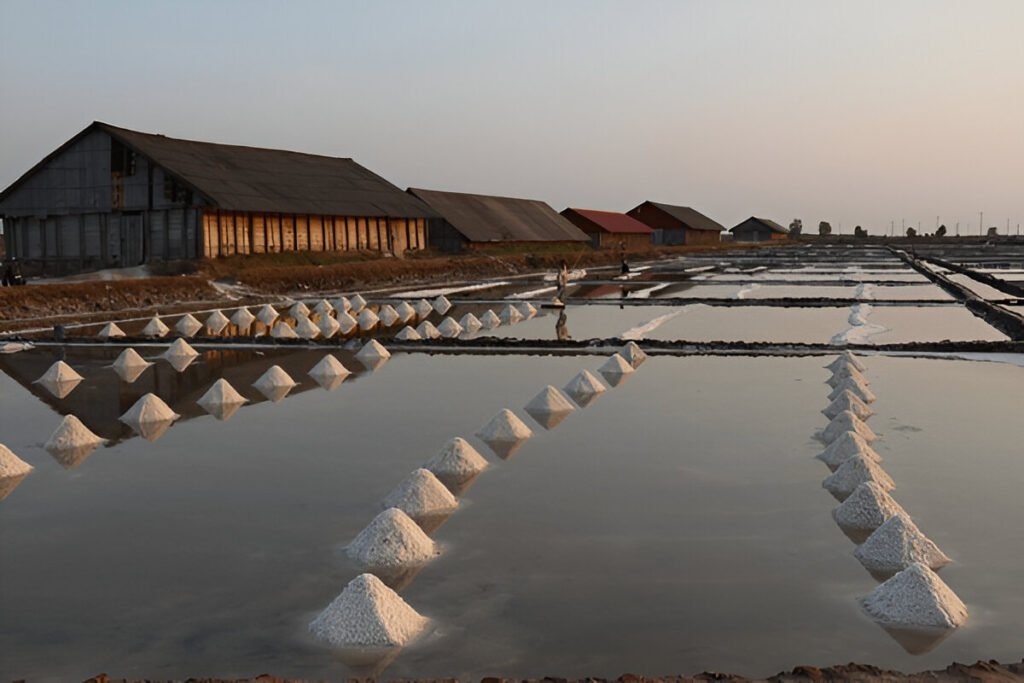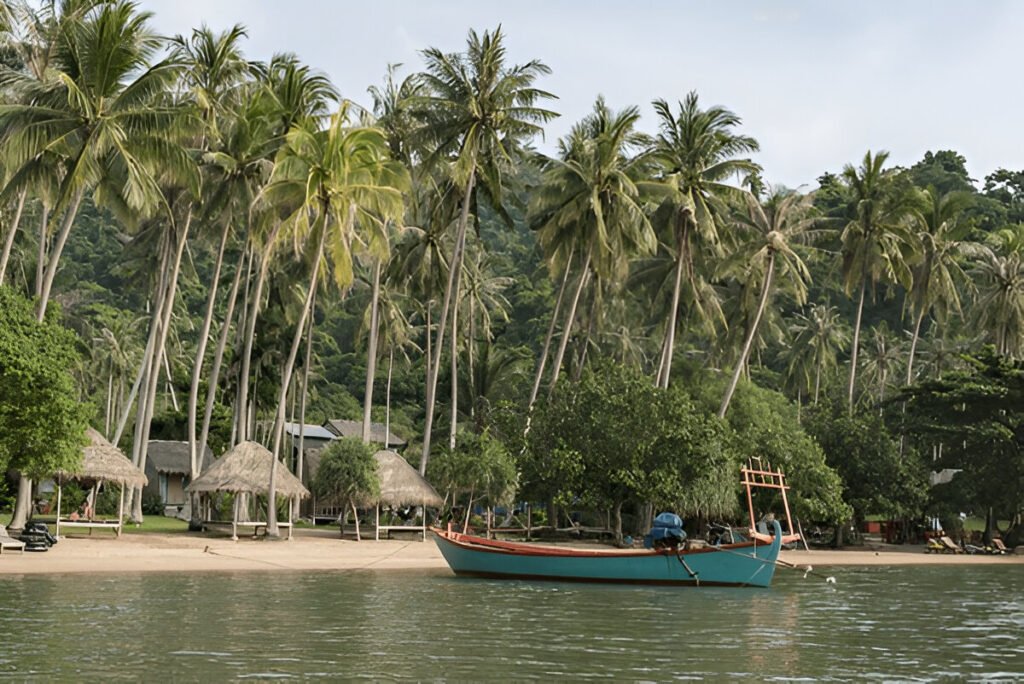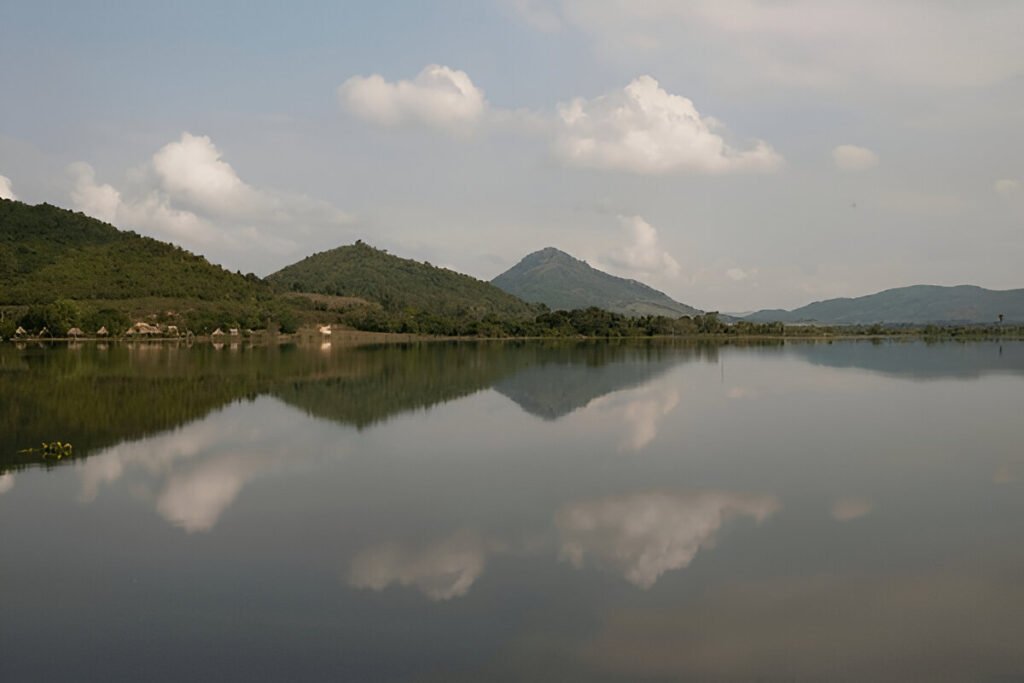Introduction:
Tucked away in the rugged mountains of Toyama Prefecture, Northern Japan, lies a hidden gem of traditional Japanese architecture – Gokayama. Consisting of over 40 small villages, Gokayama is renowned for its traditional gassho-zukuri-style thatched roof houses, a charming spectacle of Japan’s rich cultural past. Declared a World Heritage Site by UNESCO in 1995, this idyllic destination is a must-see for anyone wanting to experience authentic, rural Japanese culture.
Discover Gokayama: Japan’s Hidden Gem of Traditional Thatched Roof Houses
Gokayama is a treasure trove of Japanese tradition, seemingly frozen in time, boasting beautifully preserved thatched-roof houses that date back to the Edo period (1603-1868). Resembling prayer hands ("gassho-style"), these unique structures were designed to withstand heavy snowfall with their steep roofs. The two most famous villages, Ainokura and Suganuma, offer a rare glimpse into traditional rural life, with houses still used as residences, inns, shops, and museums. The sight of these quaint houses nestled amidst the lush forests and rice fields is truly unforgettable.
The cultural heritage of Gokayama is not only architectural but also musical. It is the birthplace of "Gokayama Folk Song," a type of traditional music recognized by UNESCO as an Intangible Cultural Heritage. The village inhabitants continue to perform this song and dance during festivals and special occasions, adding a rich cultural layer to Gokayama’s charm.
Description of the Attraction:
Gokayama offers visitors a chance to experience traditional Japanese rural life, with its quaint architecture, serene landscapes, and rich cultural heritage. A walk through the village streets lined with gassho-zukuri houses is like stepping into a picturesque scene from a bygone era. These houses, with their steep, thatched roofs designed to withstand heavy snowfall, are a marvel of traditional Japanese architecture.
Each house, with its wooden structure and thatched roof, tells a story of the people who have lived there, their culture, and their way of life. Many houses are open to the public, offering an inside look into traditional rural life, including silkworm farming – a historical industry in this region. The local community is friendly and welcoming, and there are opportunities to engage in traditional activities, such as papermaking and indigo dyeing.
Things to Do:
Visiting Gokayama allows for a range of enriching experiences. A tour of the gassho-style houses tops the list, with the Gokayama Gassho Village and Gokayama Folklore Museum offering deep insights into local history and culture. You can also participate in traditional workshops like washi (Japanese paper) making and kukicha tea blending.
For nature lovers, the lush greenery, clear rivers, and picturesque landscapes offer ample opportunities for hiking and exploration. The Iwase Valley offers stunning views, and the view from the viewpoint in Ainokura village is not to be missed. For a truly immersive experience, consider staying overnight in one of the traditional farmhouses, many of which operate as guesthouses.
Local Tips:
While Gokayama is beautiful year-round, it is particularly stunning in winter when the thatched roofs are blanketed with snow, and the villages are lit up with soft lantern light. It’s also worth visiting during the Gokayama Folk Song Festival in April to experience the local music and dance.
Comfortable footwear is recommended due to the hilly terrain and cobbled streets. Do remember that many of the houses are private homes, so please respect the residents’ privacy.
How to Get There:
Gokayama can be accessed by express bus from Toyama and Kanazawa, with the journey taking approximately 90 minutes and 75 minutes respectively. For those driving, parking is available at the entrance of each village. Guided day tours are also available from nearby cities.
Nearby Attractions:
Gokayama’s location in the Hokuriku region means it is close to other points of interest. The historic city of Kanazawa, with its beautiful Kenrokuen Garden and traditional Higashi Chaya district, is just a short bus ride away. The Tateyama Kurobe Alpine Route, famous for its towering snow walls, is also accessible from Gokayama.
Conclusion:
Gokayama is a place where time seems to stand still, offering you a chance to step back into Japan’s past and experience its rich and vibrant culture. Its traditional houses, beautiful landscapes, and rich cultural heritage make it a unique destination that will leave you with unforgettable memories. Don’t miss the opportunity to experience this hidden gem!






